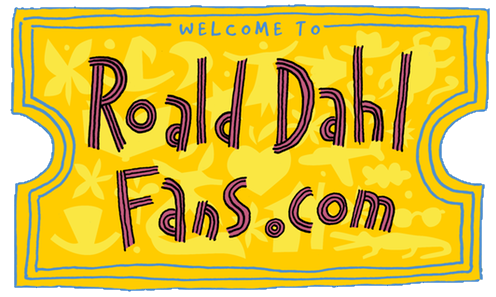This review was written by Ralph Elliott and printed in the May 11, 1985 edition of The Canberra Times.
Source: Trove
“Becoming Roald Dahl”
BOY. TALES OF CHILDHOOD. By Roald Dahl. Johnathan Cape. 160 pp. $14.95.
AT LAST we know how Roald Dahl came to write his delightful children’s story ‘Charlie and the Chocolate Factory’. While a schoolboy at Repton (the public school young Roald chose because “it was an easier word to say than Marlborough”) the boys in Dahl’s House were every now and then asked to taste the latest Cadbury chocolates, to grade them in order of preference, and to comment on their flavours. It was one of the few pleasures in an otherwise largely disagreeable life of fagging, caning, and flogging.
Dahl is highly critical of the cruelties embedded in the British public school system, not least of the then headmaster of Repton, Dr Fisher, “this flogging clergyman” who was later to become Archbishop of Canterbury and to crown our reigning Queen.
Already at prep school, the Llandaff Cathedral School in South Wales, Dahl was introduced to a flogging headmaster. The particular crime on one occasion was to have dropped a dead mouse in a jar of gobstoppers in Mrs Pratchett’s sweet-shop. The disagreeable lady not only made the headmaster flog the five boys involved but watched the proceedings with mounting excitement:
“‘Arder!” shrieked Mrs Pratchett. “Stitch ‘im up! Make it sting! Tickle ‘im good and proper! Warm’s backside for ‘im! Go on, warm it up, ‘Eadmaster!”
It was Roald’s Norwegian father, who died when the boy was but three years old, who had wanted a British public-school education for his son, a wish the widowed mother duly carried out. But like others before and since, Roald survived and lived to tell these hair-raising tales.
But by no means all the childhood memories recounted in this book are unpleasant. There were annual holidays for mother, nanny, and a handful of young Dahls from two marriages in a magical island in a Norwegian fjord; there were exciting rides in early motor cars (one of which admittedly ended in disaster and cut Roald’s nose almost clean off his face); and there were successes at unlikely sports and a highly successful exhibition at Repton of Roald’s photographs.
Not the least endearing quality of ‘Boy’ (they always called him Boy in the family) are the numerous drawings and photographs and scraps of Boy’s letters which adorn this book. It is a family album with
a frank, amusing, at times uproarious narrative linking the pictures. Here is the storyteller we know from the Charlie books and the rest, and the author of those splendidly ‘Revolting Rhymes’ telling his own story in the same engaging manner. “This is not an autobiography. I would never write a history of myself’, avers Dahl on the opening page. Yet the particular episodes he remembers and recounts from his first 20 years reveal the shaping and maturing of an individual human being, which is the stuff of autobiography.
The book takes Boy beyond school to a traineeship with the Shell Company and thence to a coveted posting in East Africa with the glorious prospect of palm-trees and coconuts and lions and deadly snakes, and the likelihood of a black mamba’s bite and consequent death “within the hour writhing in agony and foaming at the mouth”. “I couldn’t wait”, adds Dahl.
This book may not be an autobiography, but it is a fascinating prelude to a life of further adventure as a wartime pilot and in due course as one of the most popular of English children’s writers of today. It is one of the most enjoyable books I have read for quite a while and at just under $15 in hard covers, it is excellent value.
